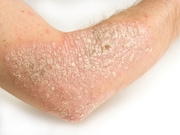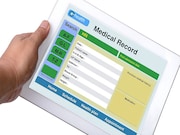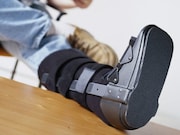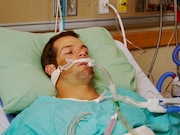Discharge One Hour After Naloxone for OD May Be Option
New rule has sensitivity, specificity of 84.1, 62.1 percent for patients receiving prehospital naloxone
Hypertension With Psoriasis Tied to More Cardiac Interventions
In patients with hypertension, psoriasis linked to increased risk for cardiovascular procedures, surgeries
Children Reaching Bone Maturity Earlier
In hand and wrist bones, epiphyseal fusion is initiated, completed earlier now than a century ago
Applying Population Health Data IDs Patients at Risk for CVD
Patients at risk for cardiovascular disease identified even with missing electronic health record data
Myelodysplastic Syndrome/AML Risk Increased After Chemo
Since 2000, risks for therapy-related myelodysplastic syndrome, AML up after chemo for solid cancers
School Nutrition Programs Slow BMI Gains in Children
Promoting healthier eating in middle school more effective than adding physical activity
Early Classification Predicts One-Year Trauma Outcomes
Six-week assessment of risk, protective factors explains one-year functional, health outcomes
Newborn Genomic Sequencing Can Identify Disease Risk
Sequencing detects risk for disorders not anticipated based on infants' known clinical, family history
International Radiation Doses Vary for CT Exams
Dose variation due to institutional decisions regarding technical parameters
Clinical Tool Rapidly Assesses Post-Intensive Care Syndrome
27-item questionnaire found to be valid clinical tool for assessing PICS














